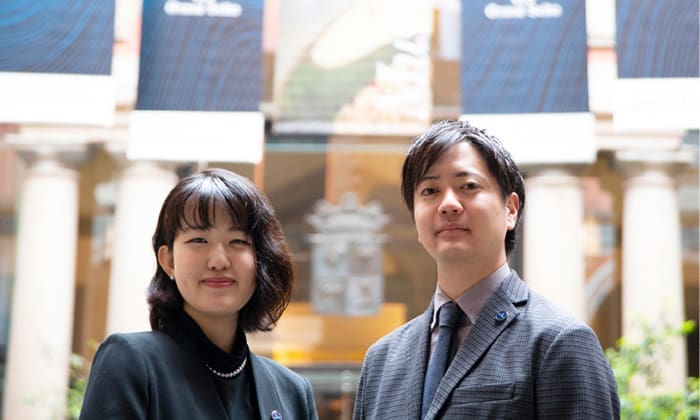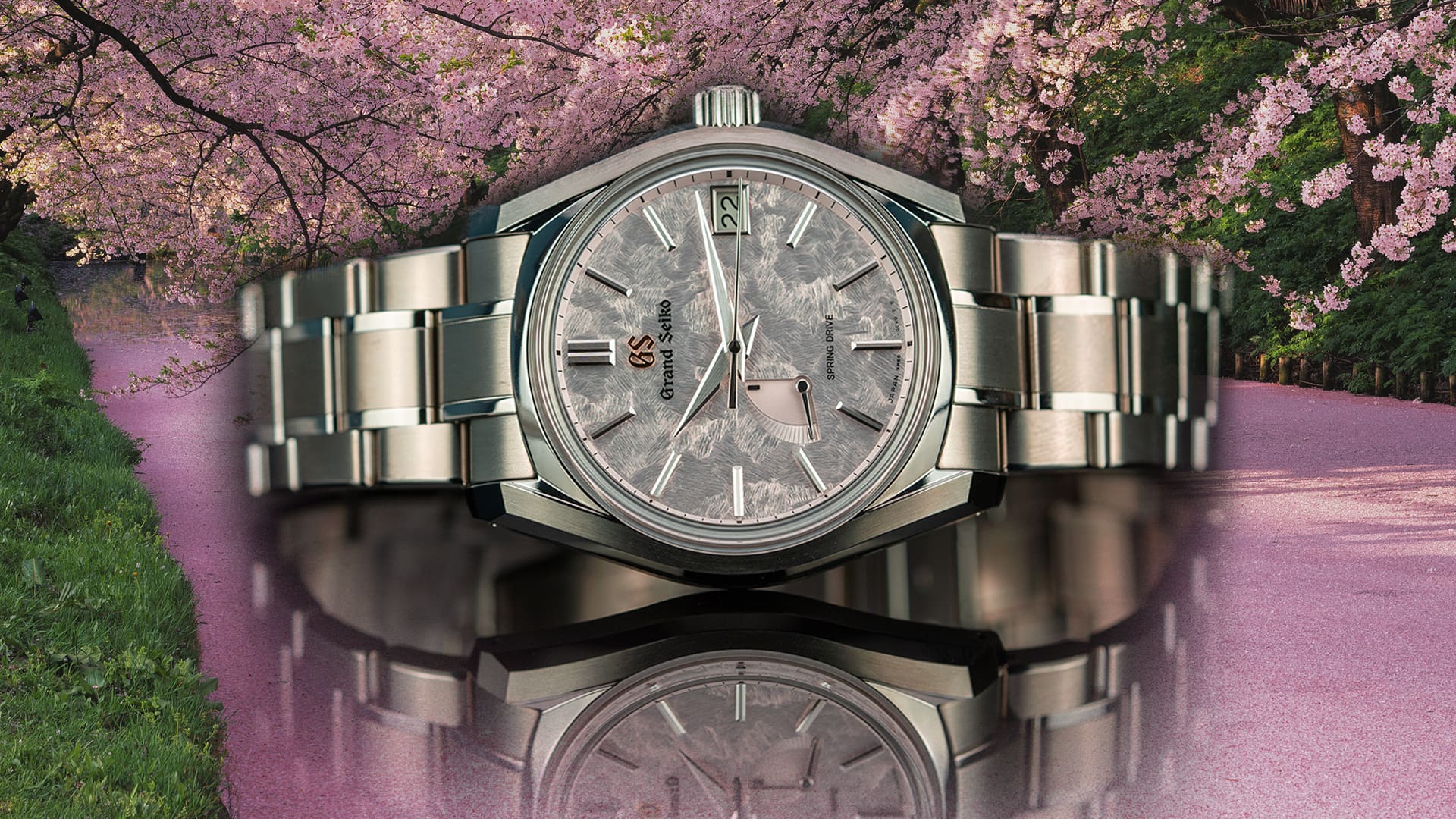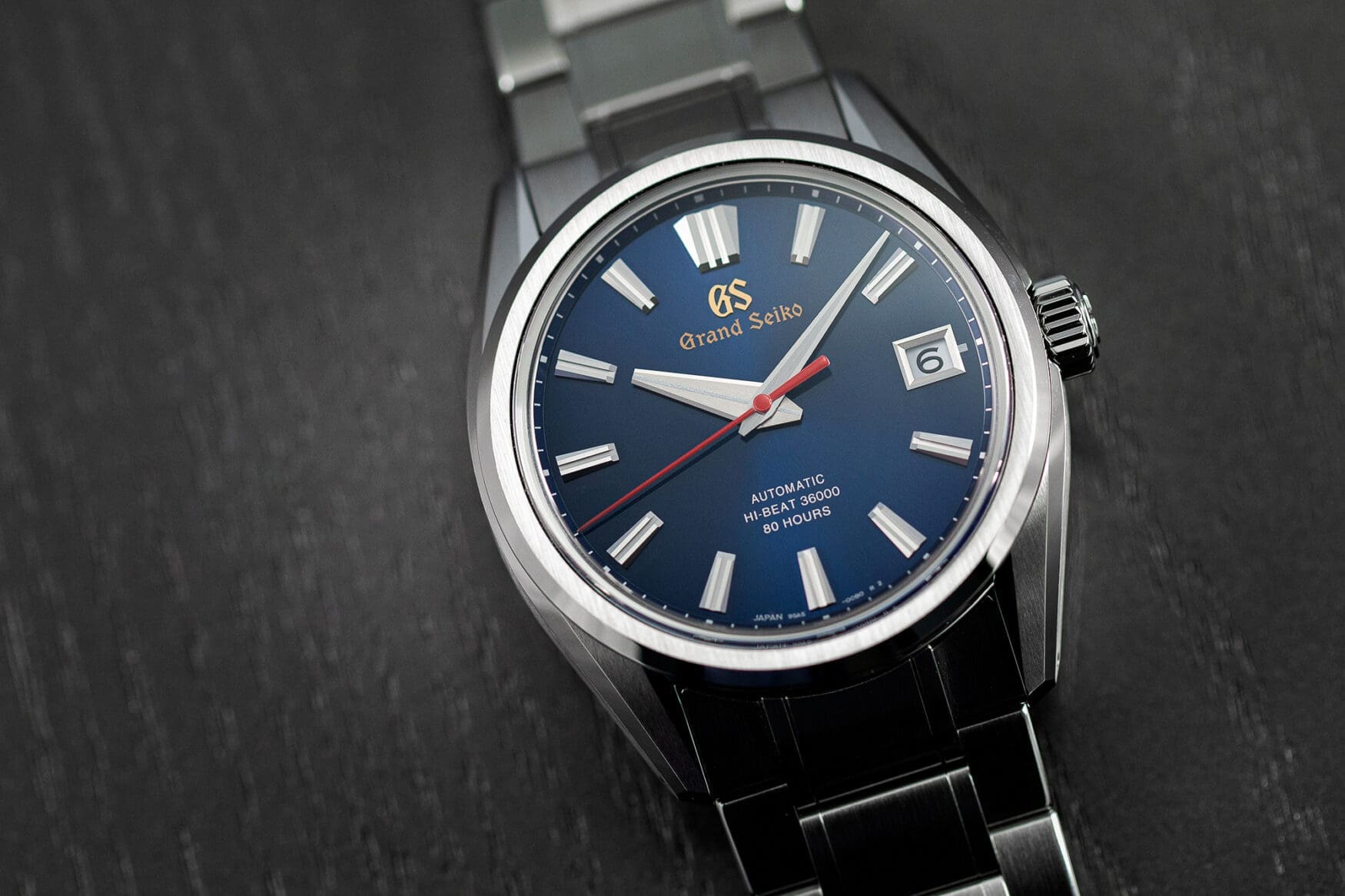[ad_1]
Grand Seiko has attracted a large base of watch fanatics to their merchandise. Beforehand an underdog making an attempt to interrupt by in areas outdoors of Japan, there must be some particular high quality to the DNA of their watches to garner consideration away from standard suspects like Rolex and Omega. Irrefutably the particular ingredient within the combine is their distinct grammar of design that’s pushed by their proud Japanese affect. To seek out out extra, I sat down with Grand Seiko designer Akira Yoshida.

“Nature-inspired” and “Zaratsu” are the apparent buzzwords most individuals are conversant in in connection to the Grand Seiko model. However the roots of their designs dig deeper and past merely the character surrounding their varied workshops. At its core, Grand Seiko design is pushed by Japanese philosophy as an entire – of which nature is solely one among many parts.
Yoshida explains: “Since conventional instances, the sense of sensible magnificence has been valued in Japanese aesthetics and design. It’s about extra than simply what you see on the floor. So each Grand Seiko piece is designed on this philosophy of useful magnificence. As a lot as attainable, we strive to not embrace pointless extreme particulars and our course of is to eradicate to what’s solely crucial.”

This is the reason, though bolder in color and texture expression by comparability to conventional Swiss manufacturers, Grand Seiko expressions such because the rock-patterned Shunbun “Cherry Blossom” dial stay clear and traditional – like timeless artworks. These dials are meticulously deliberate and developed, a extremely collaborative course of between designers and artisans. I requested Yoshida in regards to the technique of improvement for his or her dials, such because the Shunbun, to which he defined: “Within the very starting of the method, after we consider the fundamental sample, we provide you with a number of sketches, designs, a number of photographs for inspiration, after which we discuss to the artisans. They’re individuals who truly make the designs, after which we provide you with one thing that we will create collectively.
“Lots of the dial patterns, the mom sample, the mildew is made by hand by the artisans. So in lots of circumstances, the dial does kind of specific or display the contact of that specific artisan. Many instances our dial patterns are made, and as a designer additionally, we depend on the sensitivity of that specific artisan, after which we make it many instances till we provide you with the right design.”
This hand-born mildew, that’s then used to press into dial-plates, is a course of utilized by elite manufacturers equivalent to Patek Philippe and Audemars Piguet. But, the ultimate Grand Seiko product is often much more approachable in retail worth – underscoring one among many areas that exemplify the value-for-money their watches supply.
We additionally touched on the notion of color, which once more, with dials just like the SBGA413 Shunbun or SBGA211 “Snowflake” are instantly clear in intention – a refined pink evocative of cherry blossoms and a crisp white for freshly fallen snow. However in all probability probably the most vital color of their arsenal is indigo blue. Yoshida explains: “In conventional Japanese design, the Japanese have many instances worn the color blue or indigo. It’s kind of the nationwide colour which some folks seek advice from as Japan blue. This can be a signature color of Japan, so we prefer to utilise that signature color for what we expect is a signature watch model for Japan.”
This is the reason it’s no coincidence that vital items, such because the Grand Seiko SLGC001 Tentagraph (the primary Grand Seiko watch to make use of a fully-mechanical chronograph calibre) and the SLGH003 (one among many sixtieth anniversary-celebrating watches outfitted with a sunburst indigo blue dial that was the primary stainless-steel mannequin geared up with their progressive 9SA5 calibre) utilised this explicit hue of blue.

With such a variety of expression by color, texture, and design propelled by Japanese philosophy already of their catalogue, I probed Yoshida to seek out out if there was any design-ground that they had but to deal with that he personally would like to discover. For context in regard to his response, it’s essential to be conversant in their “Seasons” collections – the primary the “4 seasons” assortment that encapsulated winter, spring, summer time and fall in addition to the “Sekki” collection that showcased a choice of the 24 phases inside the 4 conventional seasons. However these expressions captured single moments in time. Yoshida, nonetheless, aspires to create designs that push the extent of dynamism additional – encapsulating the transition fairly than the second. Put merely, think about a single watch that conveyed all 4 seasons fairly than having interpretations throughout 4 watches.
Yoshida explains: “The Japanese discover magnificence in gradual adjustments. For instance, like a cherry blossom, as a substitute of simply specializing in the state of it being in full bloom, the method, the gradual change from it, from being a small state to step by step blooming, that course of itself is a magnificence that we discover. Taking that analogy for instance. There are such a lot of varied moments that in the event you simply picked one second, every expression is totally different than the cherry blossom. As a designer, I wish to create Grand Seiko watches the place you’re taking a single watch in a single dial, and also you take a look at it from varied totally different angles. And it reveals a very totally different expression. That’s the kind of design strategy I’d like for the longer term. ”
How cool would that be? A seemingly holographic dial that adjustments the season of expression based mostly on angle. Yoshida, you actually have my piqued.
[ad_2]














